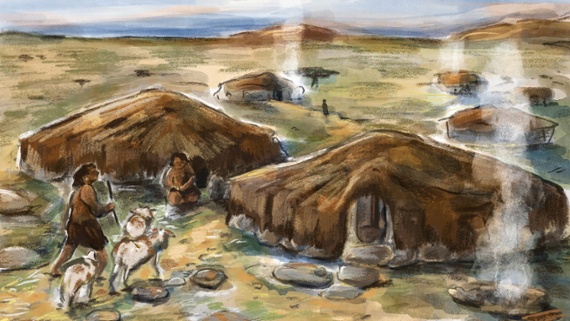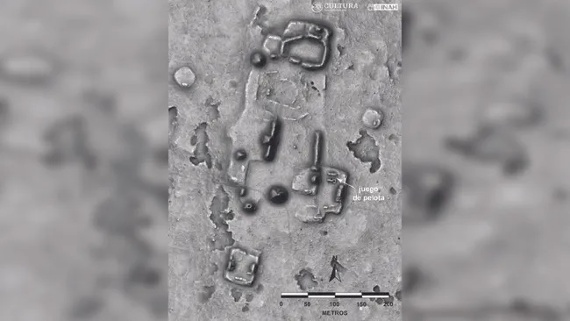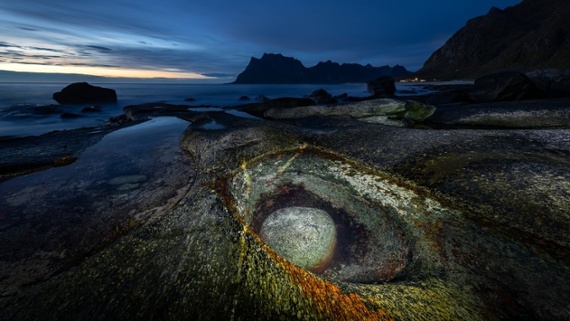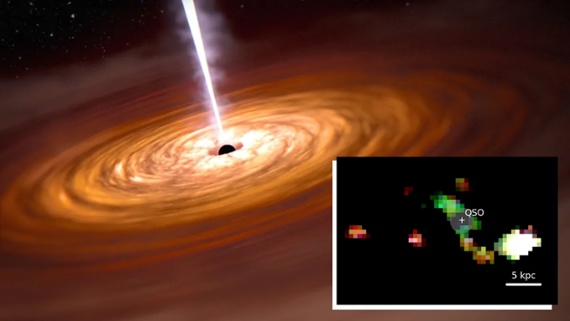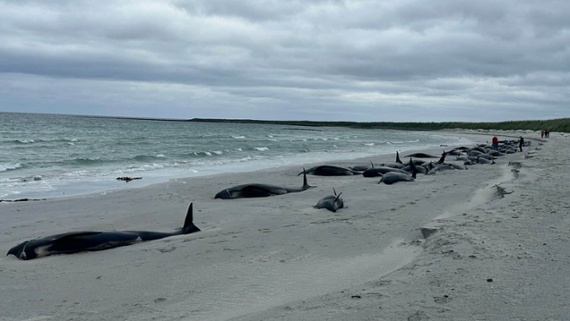"Boiling point of water dropped below 100C during Storm Ciaran."
Views expressed in this science and technology update are those of the reporters and correspondents. Accessed on 16 July 2024, 1407 UTC.
Content and Source: https://www.theguardian/science.
Please check link or scroll down to read you selections. Thanks for joining us today.
Russ Roberts (https://hawaiisciencejournal.blogspot.com).
Science | The Guardian
14
14

